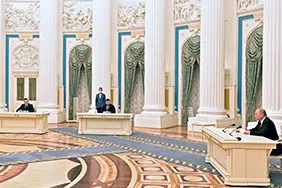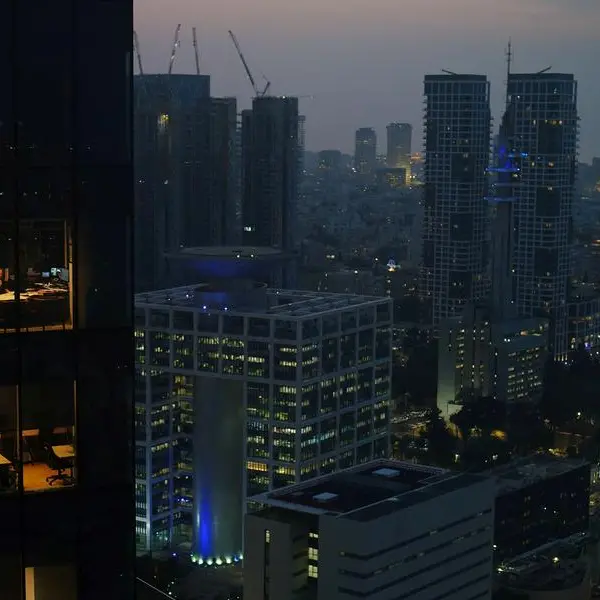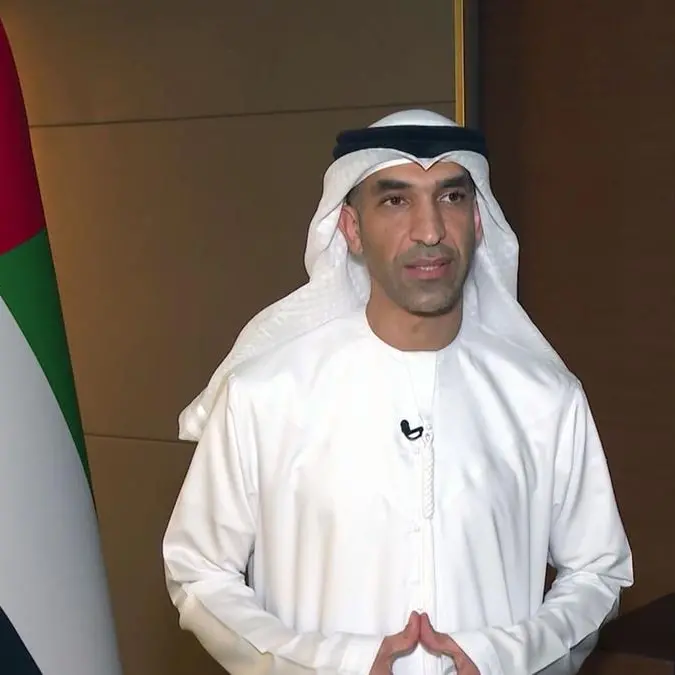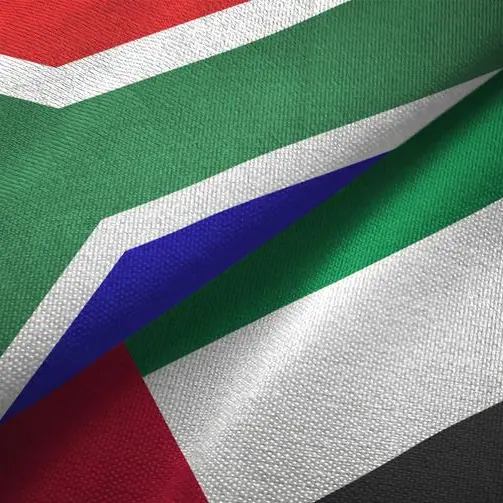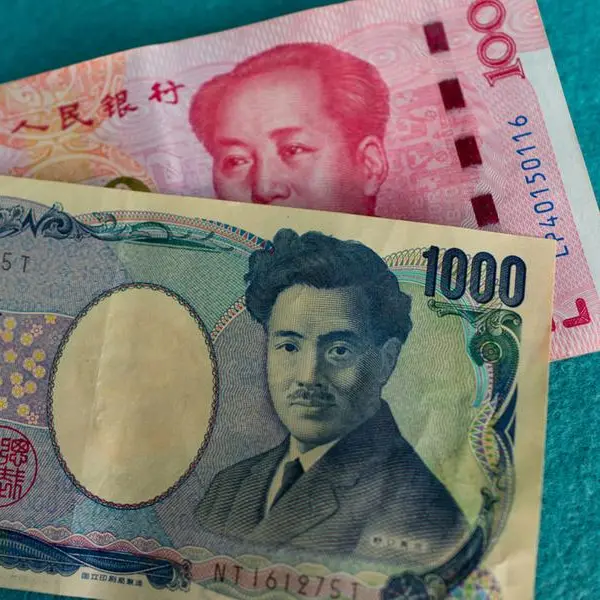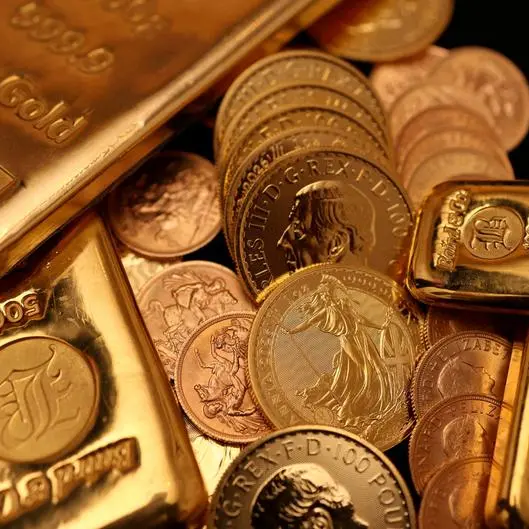PHOTO
(The author is a Reuters Breakingviews columnist. The opinions expressed are her own.)
LONDON - Vladimir Putin is testing the West’s mettle. The Russian president ordered "peacekeeping" troops into the breakaway Ukrainian regions of Donetsk and Lugansk, having recognised them as independent on Monday. Limited new European sanctions may not be enough to stop the situation deteriorating. But even if Putin goes no further now, the war discount on Russian assets is here to stay.
Putin’s actions look designed to muddy the debate about what constitutes an invasion. Russia-backed separatist forces were already in those regions. It’s also not clear if Russia was recognising the areas currently held by separatists, or also the parts of those regions which are still controlled by Kiev.
That may explain the West’s timid initial response. Washington has prohibited new trade by U.S. persons with the rebel regions. Britain has sanctioned three billionaires and five Russian banks, but avoided the biggest ones, Sberbank and VTB. Germany halted approval of a new gas pipeline. The measures were less than feared, helping Russian assets recover. But the relief is likely to be short-lived. Western leaders hinted at further sanctions, implying they fear the first wave may not deter Putin.
The West's next step could involve targeting more Russian oligarchs, cutting Russian banks from the dollar system and restricting trade. That would be much more damaging for the Russian economy. Western allies, however, may struggle to agree on a united approach when they have varying degrees of economic exposure to Russia, and some, like Germany, depend on the country for gas.
Putin does still have a way of diffusing the situation. If troops remain in the areas currently controlled by separatists, the immediate threat may ease. Yet even a pause in hostilities may not be the end. Putin’s angry televised address on Monday clearly cast NATO and Ukraine as a threat to Russians, an apparent effort to legitimise military action at home. The risk of a further invasion, and tougher sanctions, would linger.
The RTS dollar-denominated index of Russian stocks has fallen 13% this week, while Russia’s biggest lender Sberbank has declined by 14%. Yet, at $65 billion, it is still worth three times more than at the height of the Crimea crisis in 2014. With the threat of more severe outcomes unlikely to dissipate, Russian assets are likely to face a lasting discount.
CONTEXT NEWS
- Germany froze the Nord Stream 2 gas pipeline and Britain hit Russian banks and three billionaires with sanctions on Feb. 22 after the Russian president Vladimir Putin ordered troops to two breakaway regions in eastern Ukraine.
- Putin recognised two separatist Ukrainian regions - the self-proclaimed Donetsk People's Republic and the Lugansk People's Republic – as independent states on Feb. 21, ordering Russian forces to "perform peacekeeping functions" there.
- At 0837 GMT Brent crude futures hit $99 a barrel for the first time since 2014 when Russia annexed Crimea but recovered to $97 at 1457 GMT on Feb. 22.
- The rouble stood at 79 per dollar.
- The dollar-denominated RTS index fell 3% to 1,238 points after some countries announced new sanctions. The rouble-based MOEX Russian index was 2% lower at 3,109 points.
- Yields on 10-year OFZ bonds hit their highest since early 2016.
(The author is a Reuters Breakingviews columnist. The opinions expressed are her own.)
(Editing by Neil Unmack, Ed Cropley and Karen Kwok) ((For previous columns by the author, Reuters customers can click on AFANA/ SIGN UP FOR BREAKINGVIEWS EMAIL ALERTS https://bit.ly/BVsubscribe |dasha.afanasieva@thomsonreuters.com; Reuters Messaging: dasha.afanasieva.thomsonreuters.com@reuters.net))
